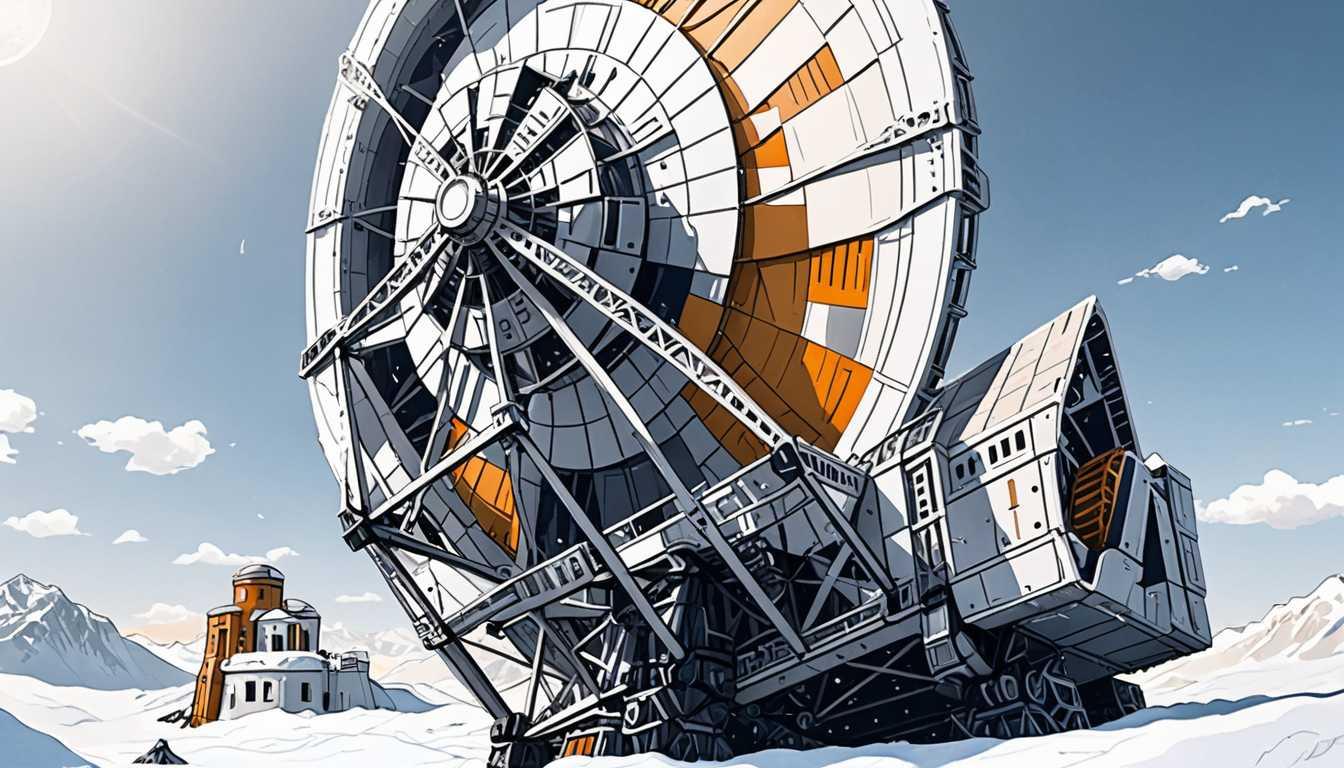Packing Made Easy: Thanks, Science!
July 2023
Massachusetts Institute of Technology (MIT)
Introduction
Ever wondered how to pack your stuff like a pro? Thanks to some brainy folks at MIT and a company called Inkbit, the ancient headache of stuffing various 3D objects into a tiny space just got a whole lot easier. Inspired by a 400-year-old puzzle, their new method, dubbed SSP, is like playing Tetris on steroids, making packing not only faster but way more efficient. So, the next time you're battling with your suitcase, remember: science has got your back!
READ FULL ARTICLEWhy It Matters
Discover how this topic shapes your world and future
Packing Perfection - Unlocking the Puzzle of Space
Imagine you're playing a real-life game of Tetris, but instead of digital blocks, you're trying to fit a bunch of different objects into a box. Sounds fun? Well, scientists and mathematicians have been scratching their heads over a similar puzzle for centuries! It's not just about making your suitcase close without sitting on it; this challenge has massive implications worldwide. From shipping companies squeezing more packages into a delivery truck, to manufacturers trying to efficiently arrange parts for 3D printing, solving this puzzle can save time, space, and money. Plus, it's a brain teaser that stretches all the way back to the days of Johannes Kepler, a superstar of astronomy. So, why should you care? Because the solutions to these puzzles are shaping the future of how we pack, ship, and even print in three dimensions. It's a blend of history, mathematics, and cutting-edge technology, all wrapped up in the quest to pack smarter, not harder.
Speak like a Scholar
Face-centered cubic lattice
Imagine stacking oranges at a grocery store so that each orange sits in the gap between the four below it. This pattern spreads out in all directions, creating a super efficient way to fill space.
NP-hard
A category for super tricky problems in computer science, where finding a quick solution is like finding a needle in a haystack... if the haystack was the size of a planet.
Voxelization
Breaking down a space or object into tiny cubes (voxels) to understand and manipulate it better in a computer simulation. It's like turning a sculpture into a LEGO model.
Collision metric
A way to measure how much one object smashes into another in a simulation. It helps computers figure out where things can go without causing a virtual traffic jam.
Fast Fourier transform (FFT)
A super-smart math shortcut that lets computers do complex calculations quickly, like helping figure out the best way to pack objects without trying every single possibility.
Packing density
This is all about how tightly you can fit objects together. Higher density means less wasted space, like fitting the most clothes into your suitcase without it bursting.
Independent Research Ideas
Historical Analysis of Packing Problems
Explore how packing problems and their solutions have evolved from Kepler's time to today. What changes in technology, mathematics, and society have influenced these solutions?
Environmental Impact of Efficient Packing
Investigate how improving packing density in shipping and manufacturing could reduce carbon footprints. What are the potential environmental benefits of using algorithms like SSP?
Psychology of Packing
Examine the psychological effects of packing on individuals, such as stress and decision-making. How could understanding these effects improve automated packing systems?
The Role of 3D Printing in Future Packing Solutions
Delve into how advances in 3D printing technology could revolutionize packing, especially for irregularly shaped objects. What are the challenges and opportunities?
Cultural Perspectives on Space Utilization
Study how different cultures approach the concept of space and packing. How do cultural attitudes toward space influence packing strategies and designs in various parts of the world?
Related Articles

Unveiling Cosmic Teen Secrets
August 2023
Stanford University

Cassie: A Robot's Leap Through AI
March 2024
MIT Technology Review

Quantum Computing's Exotic Twist
April 2023
Cornell University

Robots Learn From Crowd Wisdom
November 2023
Massachusetts Institute of Technology (MIT)

Robots Navigate Smarter with MIT Tech
March 2024
Massachusetts Institute of Technology (MIT)